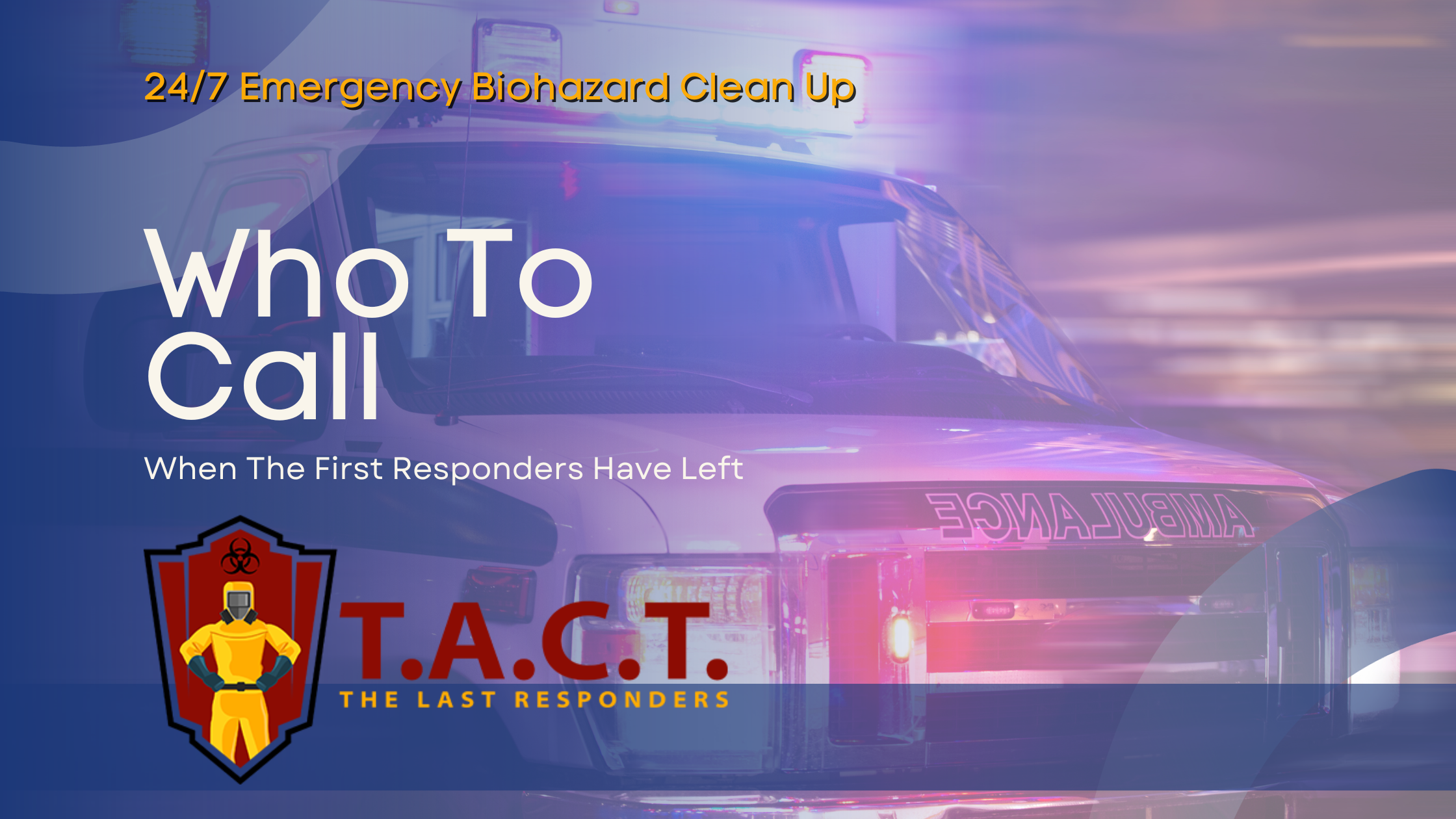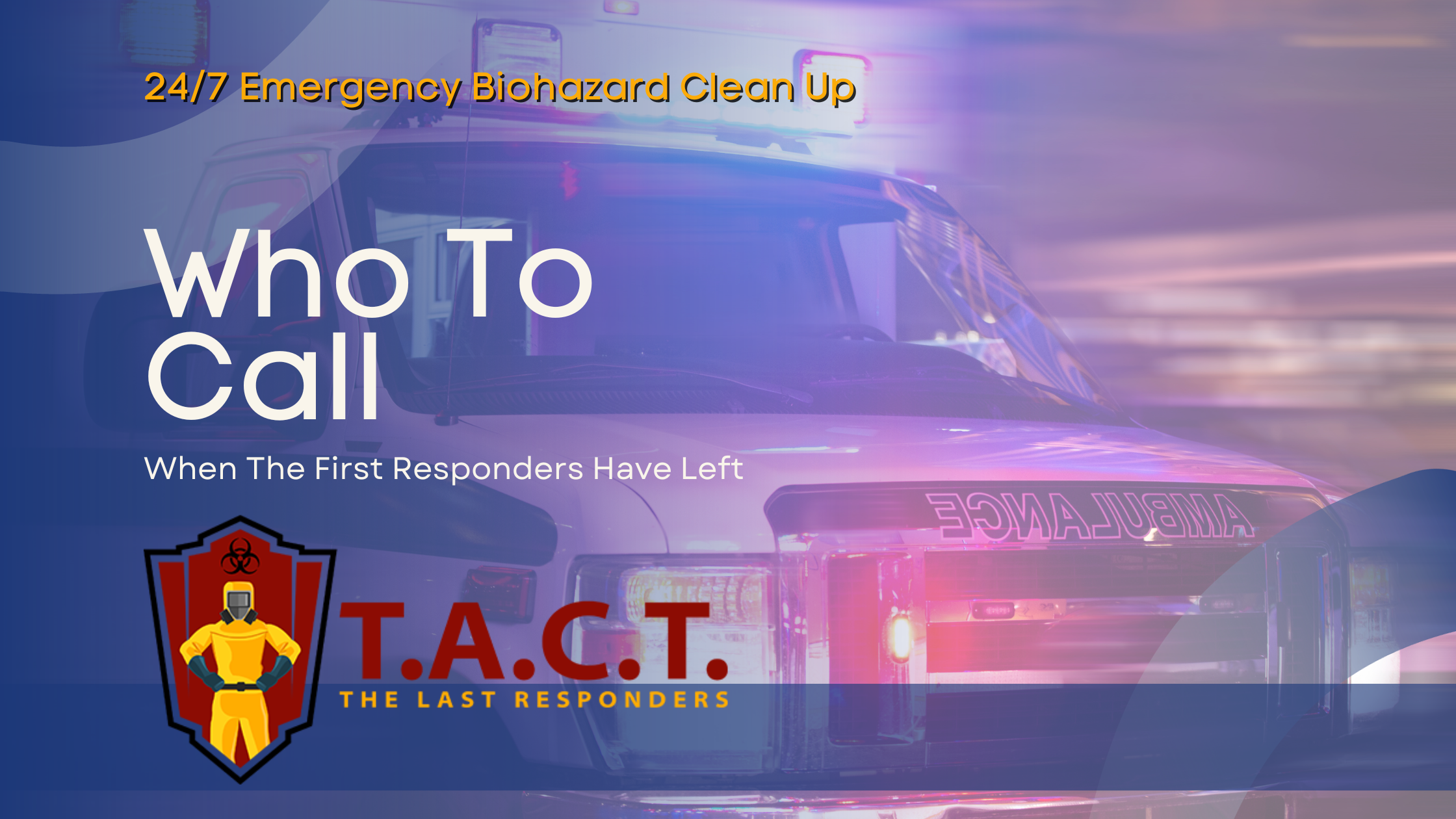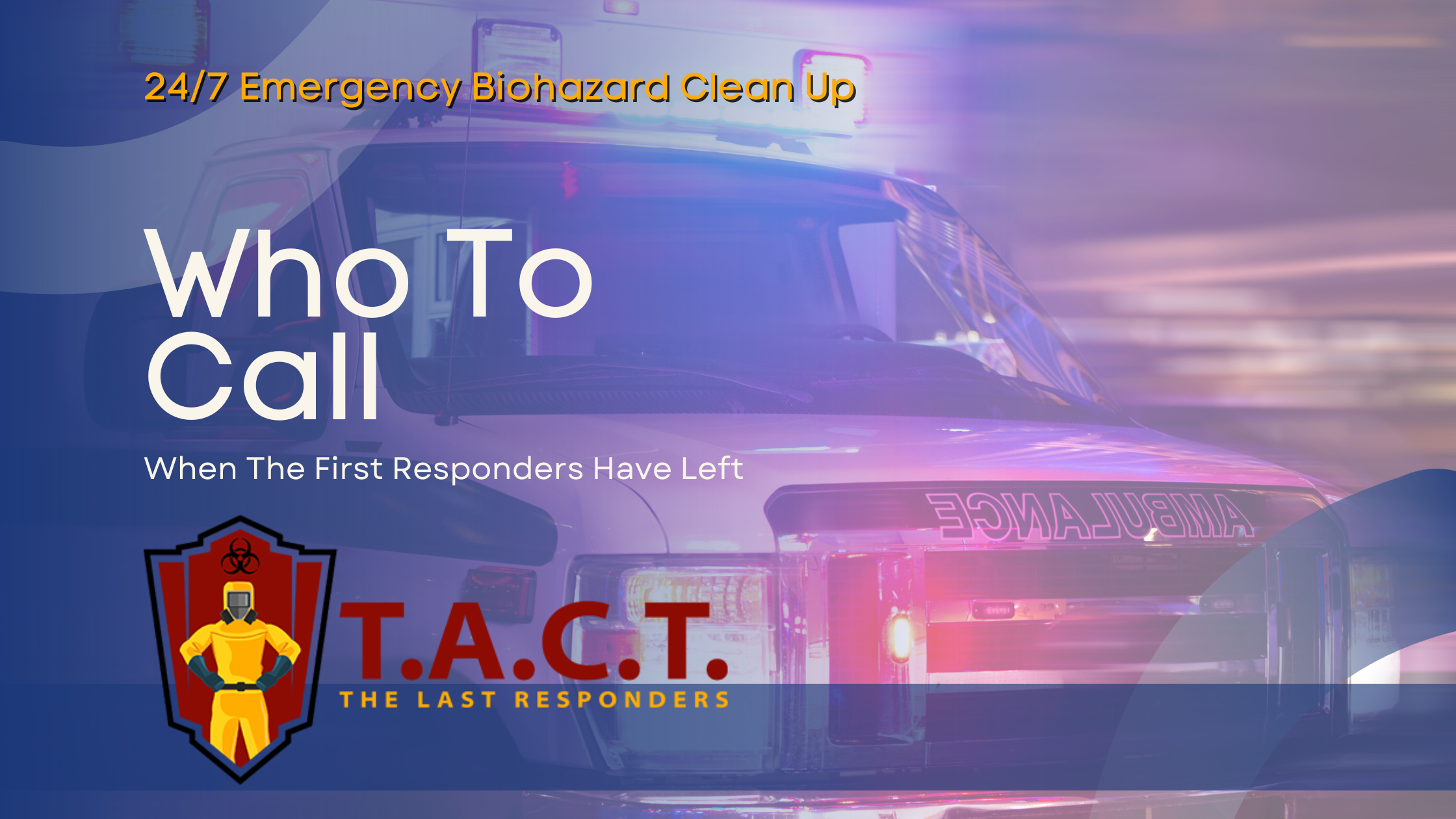Guide choosing the right medical office cleaning service

Essential Guide Choosing the Right Medical Office Cleaning Service
Healthcare facilities carry a unique responsibility: protecting the well-being of every individual who enters their doors. Whether it’s a hospital, outpatient clinic, dental office, or surgical center, the priority remains the same—maintain a safe, hygienic environment that upholds the highest standards of cleanliness. Choosing the right medical office cleaning service is not just a matter of appearance; it is lifesaving work that prevents infections and supports quality patient care.
This comprehensive guide covers what makes medical office cleaning distinct, the standards and certifications that truly matter, and how the right provider can protect your staff, patients, and reputation. If you’re evaluating cleaning solutions for your healthcare facility, use these criteria to make the best choice for your team and those in your care.
Understanding the Stakes High in Medical Cleaning
Medical cleaning goes far beyond standard janitorial service. Proper cleaning in healthcare settings directly prevents the spread of infectious diseases and supports critical operations. Healthcare spaces—from bustling waiting rooms to quiet exam rooms and state-of-the-art operating theaters—each require tailored approaches.
Without rigorous cleaning and disinfection, even the smallest oversight can have serious consequences. Healthcare associated infections (HAIs) affect millions worldwide each year, leading to longer hospital stays, complications, and even fatalities. Every surface, tool, and space must meet hospital-grade standards to safeguard patient outcomes.
Professional cleaning companies specializing in medical environments understand that their work is part of the patient care continuum. Their staff receive deeper training, use specialized equipment, and follow enhanced protocols to help you foster safe, welcoming environments for patients and healthcare professionals alike.
Healthcare Facility Cleaning Requirements
Thoroughness in Every Space
Healthcare cleaning is an intensive, detailed endeavor. Every area—from patient rooms and clinics to laboratories and waiting areas—is a possible transmission point for pathogens. Cleaning and disinfecting must be completed regularly and thoroughly.
Patient and exam rooms: High-touch fixtures (doorknobs, light switches, exam tables) require special attention.
Operating rooms: These demand even stricter protocols, including multi-step disinfection and use of hospital-grade products.
Common areas: Waiting rooms, corridors, and restrooms must be kept spotless to reduce general risk.
Hospital-Grade Protocols
It’s critical that cleaning providers use hospital-grade disinfectants and follow evidence-based practices for infection prevention. This limits cross contamination, protects immunocompromised individuals, and supports regulatory requirements. Look for services using:
Equipment such as microfiber cloths and HEPA-filter vacuums
Color-coded cleaning tools to prevent cross contamination
Adapting to Facility Needs
Every healthcare space is different. Cleaning schedules and practices must fit your facility’s size, range of services, and patient volume. For example, an urgent care center might require multiple daily cleanings, while a specialist clinic may need special protocols for exam equipment and high-traffic surfaces. Great cleaning services conduct a site assessment and tailor their procedures to your unique environment.
Preventing Healthcare Associated Infections
Infection Prevention and Control
Keeping healthcare associated infections (HAIs) at bay is an ongoing battle. Studies show that rigorous, consistent cleaning reduces the risk of HAIs dramatically. Medical cleaning services play a central role, especially when they:
Frequently disinfect high-touch surfaces (exam tables, waiting room chairs, front desk areas, shared medical devices)
Use contact time protocols for disinfectants to ensure pathogens are effectively eliminated
Regularly clean equipment and other potential vectors of cross-infection
Training and Knowledge
A professional medical cleaning service invests in training its staff on the principles of infection prevention and control (IPC). This goes beyond the basics:
Proper donning and doffing of personal protective equipment (PPE)
Understanding pathogen transmission pathways
Staying up to date with CDC, OSHA, and state guidelines
Your provider should demonstrate commitment by scheduling regular refresher trainings and ensuring that every staff member is ready for emerging threats, from flu seasons to pandemics.
Doctor’s Offices and Medical Facilities
The Need for Specialized Expertise
Medical environments come in all shapes and sizes, and each has unique cleaning challenges. Dental offices and outpatient surgical centers, for example, have different equipment and patient flows compared to large hospitals. Only companies with deep medical cleaning experience can properly handle:
Sterilization of patient care areas
Disinfection of tools and devices according to manufacturer and CDC guidelines
Enhanced protocols for procedure rooms and surgical suites
Customized Cleaning Plans
The right provider works collaboratively with your team, offering plans tailored to your facility’s workflow and care routines. They adapt to your schedule and keep disruption to a minimum while ensuring every space is ready for its clinical purpose.
Consistency for Patient Well-being
A meticulously cleaned space does more than support infection prevention. It gives patients peace of mind that they are entering a facility committed to their total wellness. Cleanliness is a key factor in patient satisfaction scores and can impact your facility’s reputation and eligibility for certain certifications and insurance programs.
Benefits of Professional Cleaning Services
Reducing Infection Risks
Outsourcing cleaning to trained professionals significantly lowers the risk of germ transmission. Trained teams equipped with the right protocols and products deliver results that in-house general staff often cannot match.
Enhanced Health and Satisfaction
A safe, clean environment benefits patients, visitors, and all staff. It reduces absenteeism, improves staff morale, and keeps patient health outcomes on track. Many successful healthcare organizations report improved satisfaction ratings and lower HAI rates after adopting certified cleaning partners.
Streamlining Compliance
Professional cleaning services are well-versed in the regulatory landscape of healthcare. They provide documentation for compliance inspections, from detailed cleaning logs to evidence of staff training, supporting your facility during audits and helping you maintain licensure.
Elevated Brand Trust
Patients today are more cautious and attentive than ever to cleanliness in healthcare facilities. A spotless environment assures them of your commitment to safety and fosters loyalty and positive word-of-mouth recommendations.
Importance of Cleaning Service Certifications
Credentials that Matter
When evaluating cleaning providers, seek those with certifications specific to healthcare cleaning and infection prevention, such as the Certified Medical Infection Preventionist (CMIP). Credentials signal that a company has invested in advanced training, rigorous protocols, and continuing education.
CMIP certification ensures staff understand the science of infection control and the practical tools to implement it safely and effectively.
Regular training keeps teams sharp, ready to tackle emerging pathogens, and prepared to maintain safety in complex environments.
Commitment to Best Practices
Certified providers are more likely to adopt the highest standards set by authorities such as the CDC, OSHA, and relevant state agencies. This dedication, coupled with consistent continuing education for staff, assures your facility benefits from the latest science and innovations.
Certifications also provide peace of mind for facility managers and clinical staff alike, knowing that their cleaning team isn’t just following checklists but is truly invested in creating and maintaining healthy, healing spaces.
Selecting Your Trusted Cleaning Partner
Choosing a medical office cleaning service is a decision that impacts health, safety, and organizational trust daily. Consider these steps as you vet providers:
Check for healthcare-related certifications and ask for documentation
Review staff training frequency and continuing education programs
Assess their adaptability to your facility’s specific needs
Prioritize transparency, from cleaning logs to communication
Ask for references from similar healthcare clients
A qualified provider will welcome your questions and work collaboratively, offering their expertise with urgency, compassion, and professionalism. Their work echoes through every corner of your facility, supporting the vital work your team delivers every day.
Moving Forward Safely with the Right Cleaning Service
Healthcare environments demand cleaning services that are as rigorous, compassionate, and reliable as the care offered within their walls. The right partnership not only enhances compliance and safety but also supports staff, patients, and your broader community. Make certifications, evidence-based cleaning practices, and open communication your baseline. By investing in a trustworthy, expert medical office cleaning service, you are investing in better patient outcomes and organizational resilience.
For further guidance, consult reputable sources such as the CDC’s guidelines on environmental infection control in healthcare, or contact accredited cleaning organizations for recommendations tailored to your facility’s unique needs.
Meta data
Meta title
Choosing the Right Medical Office Cleaning Service
Meta description
Learn how to choose a medical office cleaning service to prevent infections and keep your healthcare facility safe and compliant.
Latest news

Nosy neighbors peeking? T.A.C.T. North Atlanta offers discreet biohazard remediation for rodent infestations, mold, hoarding, and more. Unmarked vehicles, quiet experts, full privacy—24/7 service at 470-781-4775.
Read More

